How did that get on my Thanksgiving Day plate?
Ever wonder where your Thanksgiving Day dinner came from? Here is a hint: a farm! Read about how some of the turkey day classics made it to your plate! Includes lesson plans, recommended books, videos and more.
_1.png)
1. Turkey
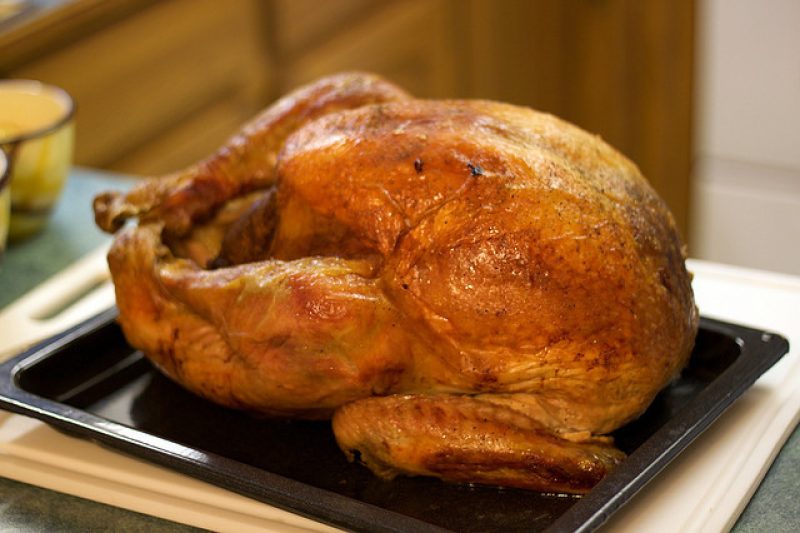
We all know the star of the Thanksgiving Day show is the turkey! Your turkey might have come from one of these top turkey producing states: Minnesota, North Carolina, Arkansas, Indiana and Missouri*
Here are some fast turkey facts:
- Turkey is low in fat and high in protein
- It is a good source of iron, zinc, phosphorus, potassium and B vitamins
- Cartoon turkeys you normally see are actually dark feathered or wild turkeys. Farmers typically raise a different breed of turkeys which are more efficient at producing meat. These turkeys have white feathers.
- Did you know? Benjamin Franklin proposed the turkey as the official United States bird. Dismayed by news of the selection of the bald eagle, Franklin replied, “The turkey is a much more respectable bird, and withal a true original of America.”*
Learn more about turkey with the Poultry Ag Mag.
2. Cranberries

Cranberries are native to America! Do cranberries grow in water? You might have seen pictures that make you think so, but cranberries don’t actually grow in water! They grow on dry land and are harvested using water because cranberries float! Are you a whole or jellied cranberry sauce kind of person?
Watch how cranberries grow and are harvested
Recommended book: Time for Cranberries, by Lisl Detlefsen
Classroom Resource: Cranberry Lessons
3. Mashed potatoes
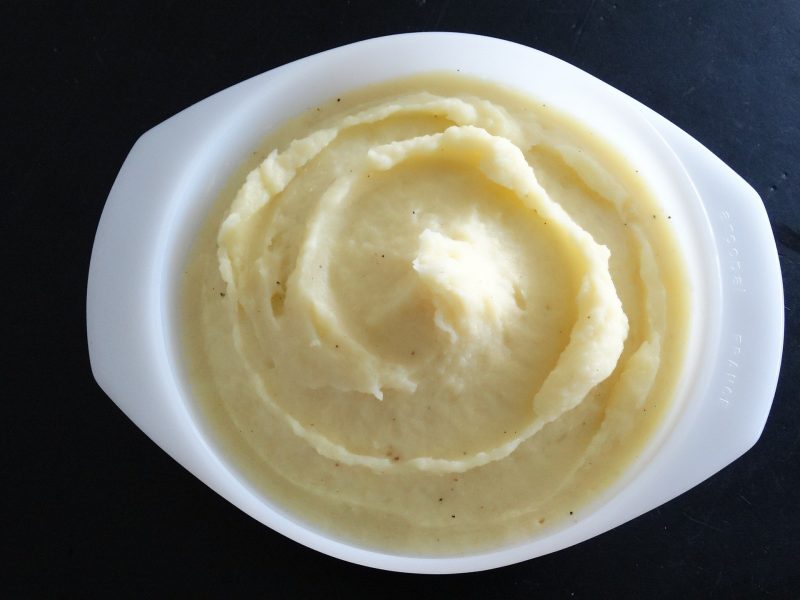
How do potatoes grow? Underground! Potatoes are good for you too! They are high in potassium and are also an excellent source of vitamin C, B6 and iron! There are more than 100 varieties of potatoes, but some of our favorites are Russet, red, yellow and fingerling. Learn about each potato type here.
Watch this video to find out how potatoes grow OR Learn how to make potatoes into batteries for a scientific twist.
4. Pumpkin pie!

Starting in October pumpkins start to make their way onto stoops, into coffee cups and onto plates. This autumn favorite was popular with Native Americans too! Squash was part of the Three Sisters, a combination of corn, beans and squash that were planted together by Native Americans. The stalks of the corn supported the beans, the beans added nitrogen back to the soil and the squash spread across the ground blocking sunlight from weeds.
Learn more about the Three Sisters OR Watch how pumpkins go from field to can.
Recommended book: The Prized Pumpkin (My Little Ag Me Series), by Rick Henningfeld. Take learning further with the read along learning module you can access for free!
5. Butter

The only item that might give turkey a run for its money on the Thanksgiving day table is butter. Butter is a baker’s secret weapon. It is practically magic. It can make foods flaky, crumbly, creamy, or moist and give it that deliciousness that we all love. It finds its way into almost every dish at Thanksgiving. It is in mashed potatoes, pumpkin pie, and some people even cover their turkeys in butter before roasting them! Where does butter come from? Cows of course!
Watch the journey from milk to butter.
Learn how to make your own butter in this lesson from Utah Ag in the Classroom!
Check out the Dairy Ag Mag to learn more about butter and other dairy products. Then, do the In the Parlor with Dairy Farmers Module to explore some real dairy farms.
6. Sweet Potatoes
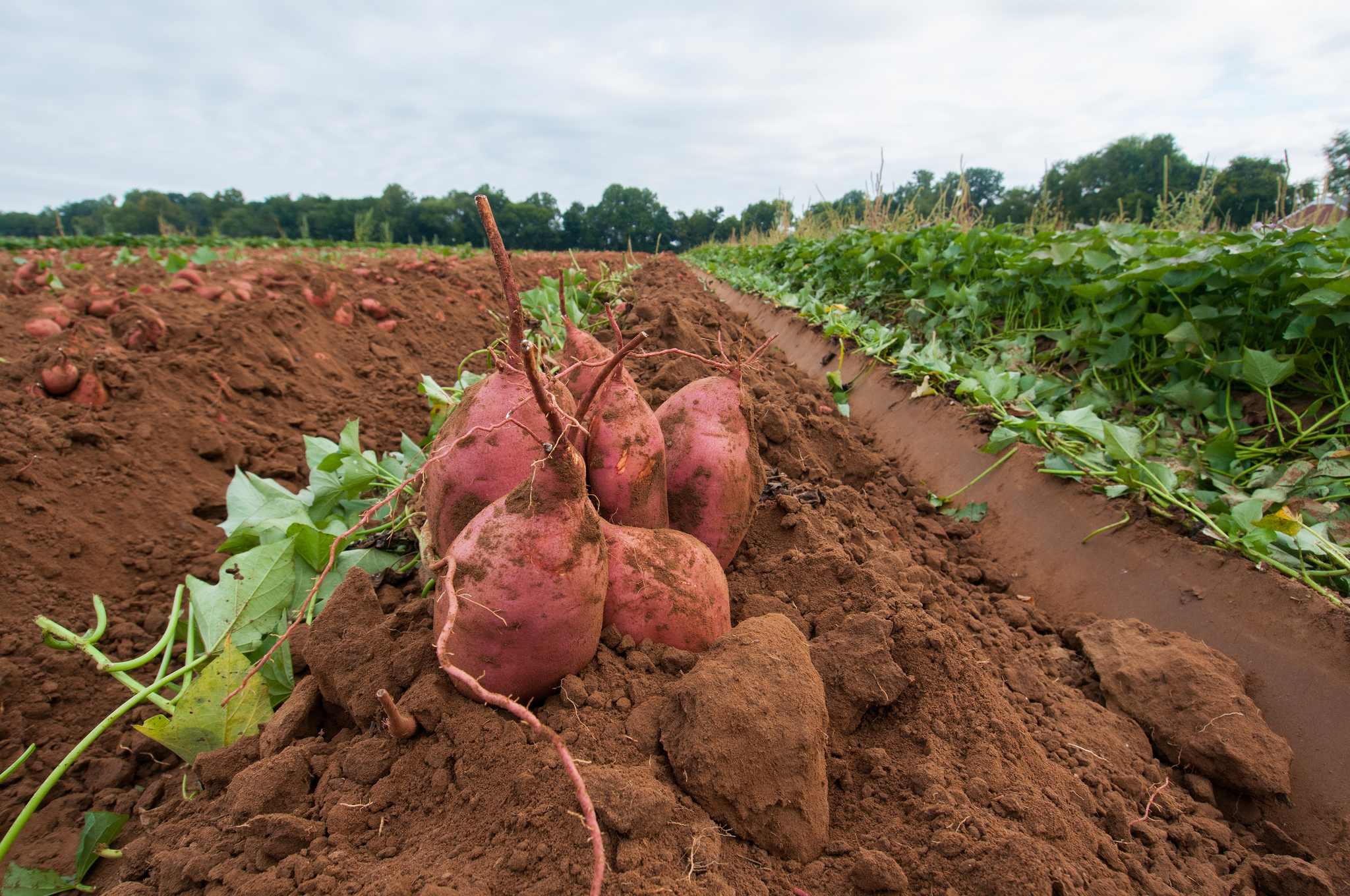
Photo by U.S. Department of Agriculture / CC BY 2.0
Sweet potatoes may not be the star of the show, but they are a staple on most Thanksgiving Day tables. Sweet potatoes are grown from “slips”; slips are rooted sprouts from mature potatoes. They are also a great source of nutrients! Sweet potatoes are high in Beta Carotene and vitamins E and C- just to name a few!
You may have heard “sweet potatoes” and “yams” used interchangeably, but they are actually from different botanical families! Sweet potatoes come from the morning glory family and yams come from the lily family.
Learn more about sweet potatoes in this America’s Heartland video!
7. Ham
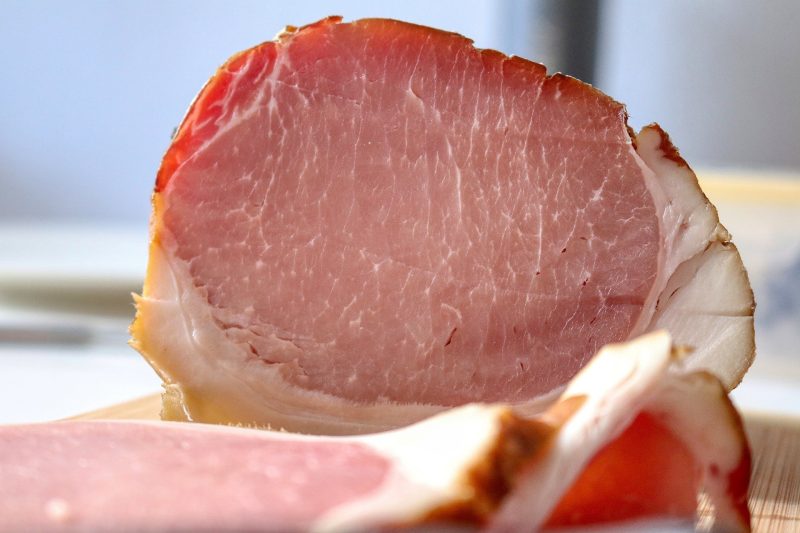
We often think of turkey when we think of Thanksgiving, but ham is also a popular protein for Thanksgiving dinner. Ham is a type of pork, meaning it comes from a pig.
Pork is a great source of protein and is a great source of vitamins and minerals like thiamin, niacin and vitamin B6. You can have it hot or cold, smoked, or cured- there are endless options to enjoy ham!
Want more pork facts? Check out this resource from Minnesota Ag in the Classroom! Or get a copy of the Pork Ag Mag!
8. Green Beans
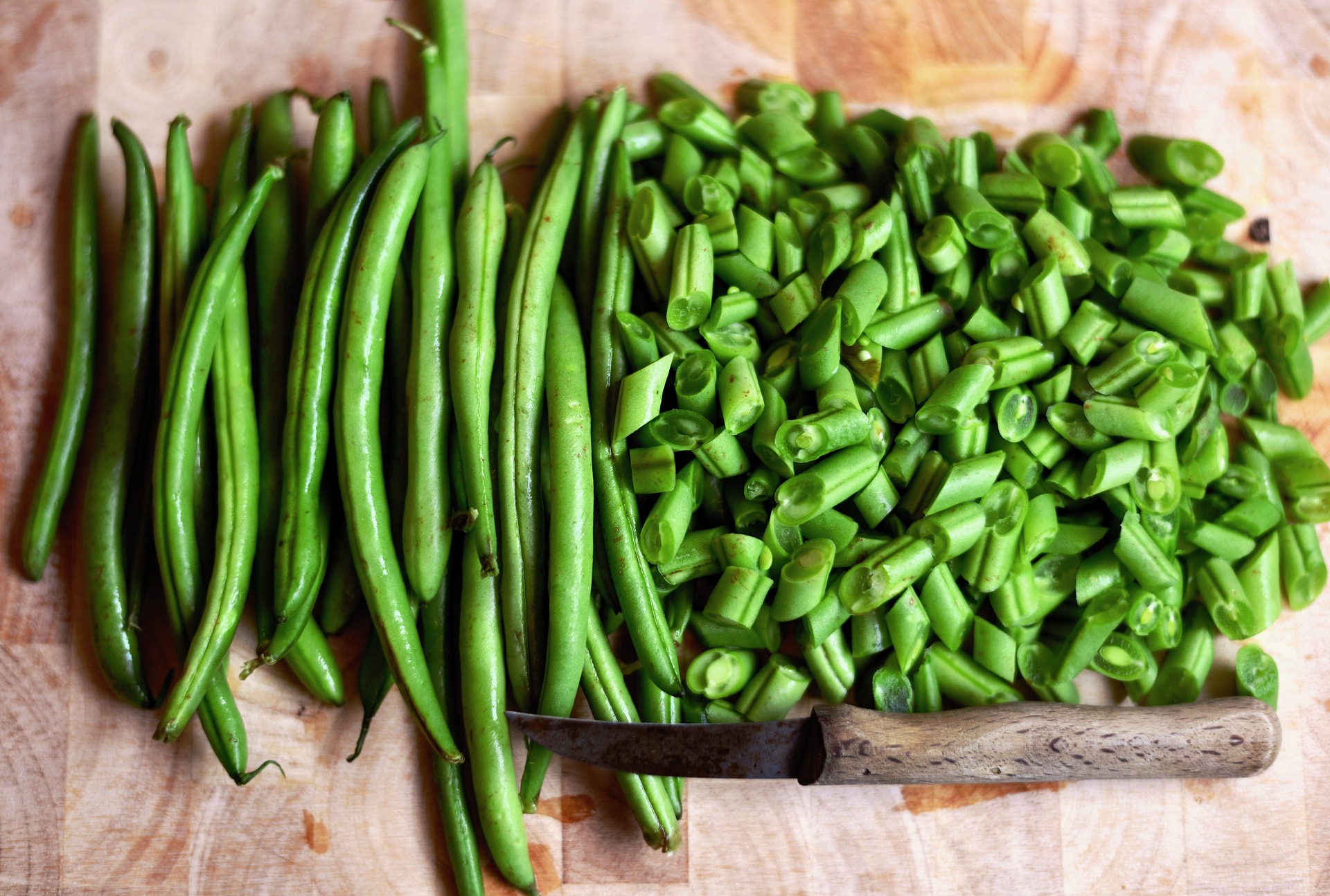
Green beans are a popular veggie in America and are often found on the Thanksgiving table. Green beans grow on bushes or on plants with long vines and are sometimes called snap beans and string beans. Green beans are harvested young and eaten with the shell!
Learn about how green beans, corn and squash are beneficial to each other here!
Try your hand with growing green beans with this lesson from California Foundation for Agriculture in the Classroom.
BONUS! Marshmallows

Photo by Laura Blankenship / CC BY-SA 2.0
Did you know most marshmallows contain gelatin? Gelatin, used to make marshmallows, is a protein substance derived from collagen, a natural protein present in the tendons, ligaments, and tissues of mammals. * You might be surprised to learn how many animal byproducts are used. We are really great at efficiently using animal resources!
Want to take the learning further? This Ag in the Classroom lesson explores where in the U.S. Thanksgiving foods come from! Also check out the Fall Foods Ag Mag!
Learn more about other surprising things that come from agriculture: 10 things that didn’t make you think farm until now










